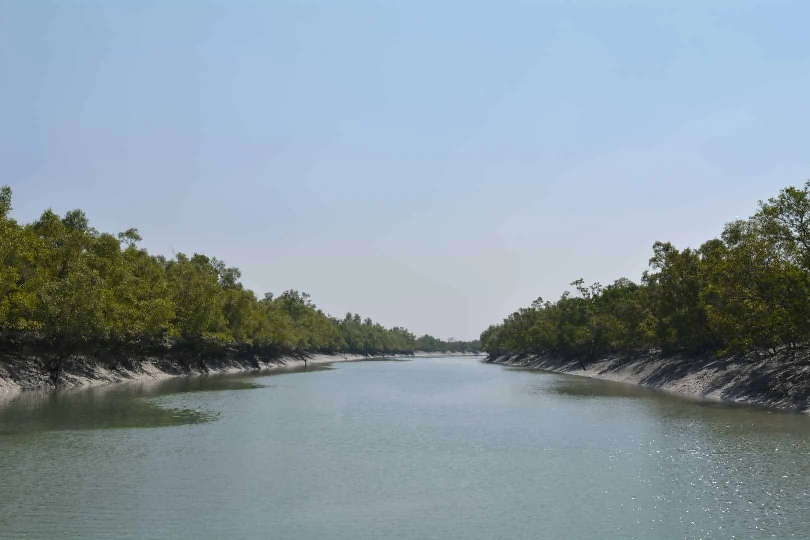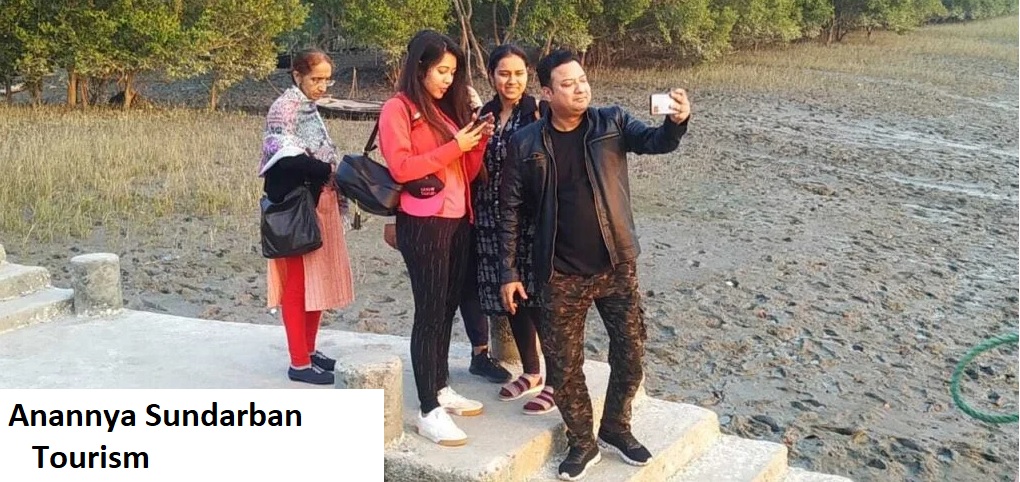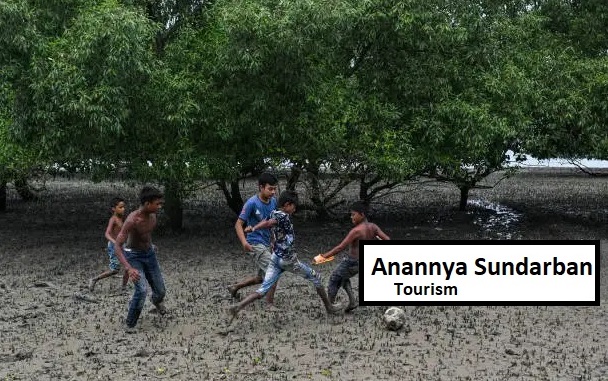Table of Contents
A Season Painted in Devotion and Light
As autumn settles gently over the Indian subcontinent, Eastern India awakens in a symphony of color, rhythm, and reverence. The festive season here doesn’t arrive quietly — it arrives with drums, with incense, with towering idols and streets transformed into open-air galleries of devotion. Durga Puja, the crown jewel of Eastern India’s celebrations, turns Kolkata into a living museum of art and emotion. Elaborate pandals rise like palaces overnight, each one a testament to creativity, faith, and community spirit. But this is not a solitary celebration. As Durga Puja fades into memory, its spiritual energy flows into Navratri’s swirling Garba nights and Diwali’s galaxy of diyas — festivals that, though celebrated nationwide, take on uniquely regional flavors in the east. Here, devotion is not whispered — it is danced, sung, feasted, and shared with strangers like family.
Kolkata: Where Festivals Breathe Through Brick and Lane
No experience of Eastern India’s festive soul is complete without surrendering to Kolkata. The city doesn’t just host Durga Puja — it becomes Durga Puja. For five days, life moves to the beat of the dhak, the traditional drum whose pulse echoes through alleyways and boulevards alike. College Street’s book stalls sit beside glittering marquees; old tramlines glide past installations of mythological grandeur. Food stalls overflow with luchi, mishti doi, and street chaat that locals swear is the best you’ll ever taste. And when Diwali arrives, the city glows — not with uniformity, but with a thousand personal celebrations, from North Kolkata’s heritage mansions to Salt Lake’s modern balconies. To visit Kolkata during this season is to understand how a city can wear its heart on its sleeve — loudly, proudly, and deliciously.
Beyond the City: Pilgrimage, Peaks, and Coastal Whispers
Eastern India’s magic doesn’t end at Kolkata’s borders. Just a short journey away, Mayapur rises like a spiritual oasis on the banks of the Hooghly River. Home to ISKCON’s global headquarters, it draws thousands during Janmashtami and Diwali for kirtans that echo into the night and temple rituals that feel timeless. Head north, and the air cools as Darjeeling’s tea gardens come into view — mist curling over hillsides, colonial bungalows peeking through pines, and toy trains chugging past prayer flags. It’s the perfect antidote to festival fatigue — quiet, contemplative, fragrant with fresh brews. Then, turn eastward to the coast: Digha and Mandarmani, where golden sands meet gentle waves. These beach towns offer space to breathe — long walks at dawn, fresh fish curries under thatched roofs, and sunsets that melt into the Bay of Bengal. Each destination offers not just a change of scenery, but a change of soul.
The Sundarbans: Where Celebration Gives Way to Wonder
After days of sensory overload — the clang of cymbals, the press of crowds, the sweetness of jalebi — the Sundarbans emerge like a whispered secret. This is not a place you visit. This is a place you surrender to. The world’s largest mangrove forest, a UNESCO World Heritage Site, and home to the elusive Royal Bengal Tiger, the Sundarbans exist in a rhythm older than festivals, older than cities. Here, time moves with the tide. Travelers glide through silent waterways in wooden boats, eyes scanning the banks for movement — a deer leaping, a crocodile slipping beneath the surface, or, if fortune smiles, the striped shadow of a tiger watching from the reeds. Villages tucked between creeks celebrate Diwali with handmade lanterns and quiet prayers, their lives shaped by the forest’s moods. A Sundarban tour is not an add-on to your itinerary — it is the soulful finale, the deep breath after the dance.
Crafting the Perfect Festive Journey: From Celebration to Serenity
Planning a trip across Eastern India during this season requires more than a map — it requires rhythm. Start with the electric energy of Kolkata’s Puja pandals. Let Navratri carry you to Mayapur’s devotional nights. Let Diwali’s glow guide you to Darjeeling’s mountain vistas or Digha’s seaside calm. And when the lights begin to dim, let the Sundarbans welcome you into its green embrace. The key to a seamless experience? A thoughtfully designed Sundarban tour package. Look for journeys that include local naturalist guides, permits for core forest zones, comfortable eco-lodges or heritage houseboats, and village immersion experiences. These are not just logistics — they are the threads that weave a good trip into an unforgettable one. The right package doesn’t just show you the Sundarbans — it helps you feel them.
Eastern India in festive season is more than a travel destination — it is a living cultural epic. It invites you to dance in crowded streets, meditate in misty mountains, walk barefoot on warm sands, and sit silently as a kingfisher dives into tea-colored water. It challenges the idea that festivals are only about noise and light — reminding us that true celebration also includes stillness, wonder, and wild grace. Whether you’re drawn by devotion, by curiosity, or by the simple need to see something real and raw and beautiful, this is the season to come. The idols will dissolve into the river. The diyas will flicker out. But the memories — of drums and tides, of tigers and tea — will remain. And somewhere between the last laddoo and the first mangrove root, you’ll understand why Eastern India doesn’t just celebrate life — it embodies it.







.gif)
.gif)

No comments yet
Be the first to share your thoughts!